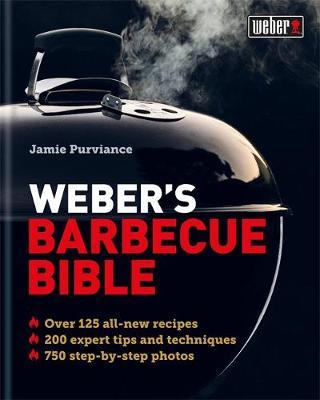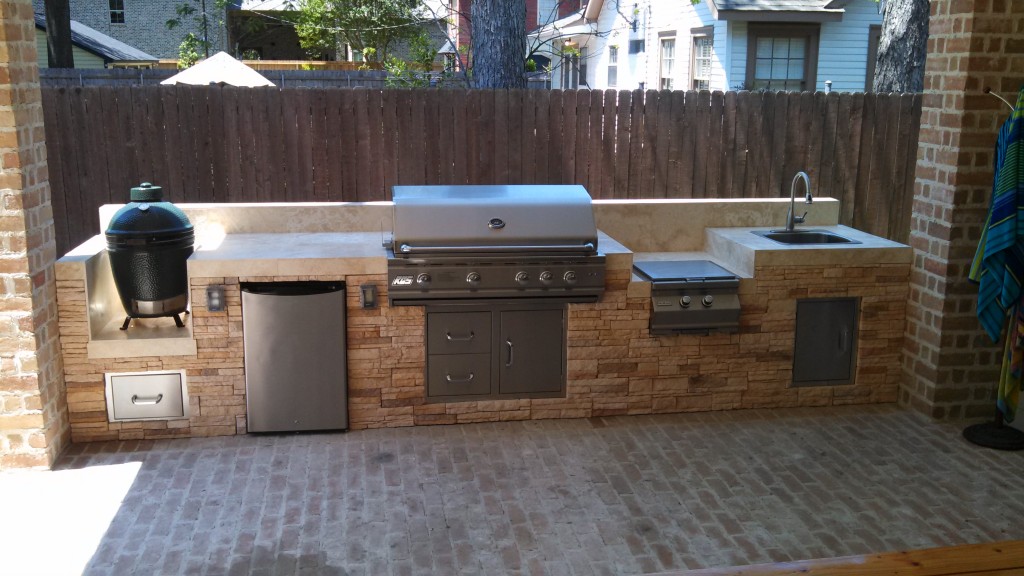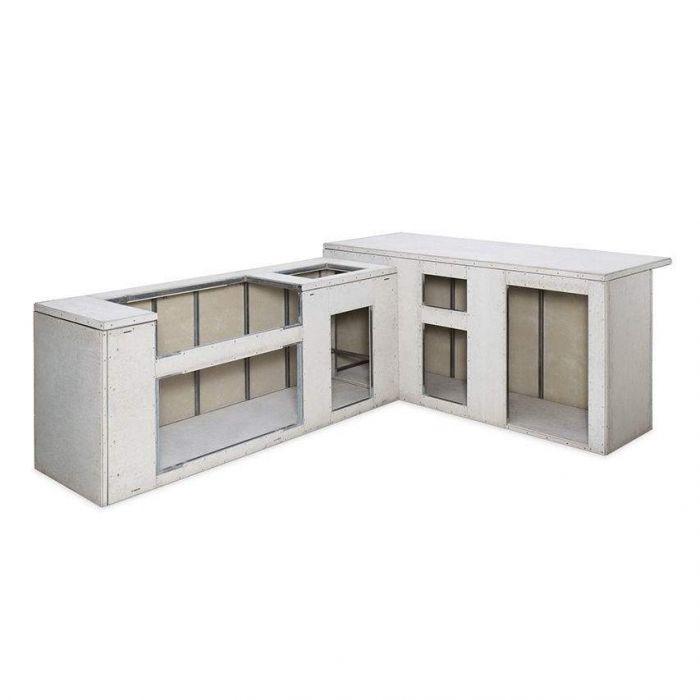
Cook food directly on the coals to achieve maximum heat. The heat produced by a charcoal grill with large open vents will be higher. If your flames are high, you have enough oxygen flowing through. If your flames are low, there is not enough oxygen. If your food is not cooking quickly, close the vents. The higher the flames, the higher the heat. Low flames indicate that you are not using enough charcoal.
Ventilation
When you are cooking with a charcoal grill, you may have come across a device called an intake vent. The purpose of this device is to supply oxygen to the combustibles. This is where the grill gets its "fuel". The grill will heat up faster if the vent is open. It is important to regulate the oxygen rate in order to control the temperature.
Temperature control is done by the charcoal grill's intake valve. Near the vent, look for two arrows. If they point to half-open the vent is open. The top lid contains both the oxygen and exhaust dampers. You can regulate the fire's temperature and intensity by closing and opening them. In other words, the wider the vent is, the hotter the fire will be.
The vents on the charcoal grill should be opened as much as possible. Vents left open can lead to charcoal that is hotter and more quickly burning. Vents should be closed to reduce heat buildup and the smoke. The bottom vent must be opened while the top one should stay closed. You should only open the bottom vent slightly if there is too much smoke during cooking. If it doesn’t, you can always close the vent halfway or fully.
The outtake vent, meanwhile, is another component to consider. The outtake ventilation pulls oxygen from air and is different to the intake vent. Charcoal/wood fires produce gases, and if not vented properly, they will smother the fire. Hence, it's best to adjust the intake vent before cooking to determine the right temperature. For beginners, you can start at the intake vent and work up.
Exhaust vent
The exhaust vent of a charcoal grill regulates the amount air allowed to enter the cooking area. The vent can be partially or fully opened to allow more oxygen into the cooking area. This will produce a larger fire. The vent should be closed to allow more oxygen to reach the cooking area. This will make the flames smaller and less intense. When controlling exhaust vents, there are many things to consider.
The exhaust vent of a charcoal grill works to balance the oxygen levels in the bottom and top chambers. It is essential to control these fuels in order to cook the perfect burger. Charcoal grill exhaust vents (sometimes called dampers) are not chimneys that let out heat but rather allow you to regulate the temperature. Properly using the vent can enhance the taste and preserve the food's tenderness.
The most important part of any charcoal grill is the exhaust vent. To get the best heat out of the charcoal, cook it directly on the coals. The 2-zone method can be used to regulate the temperature. Two-zone cooking allows you to move the food around and cook in sections. The top vent can be opened to regulate the flame if you don't have the time to move the food around.
The intake damper (second part of the charcoal grill exhaust vent) is the other. This vent is located in the bottom of the charcoal grill. Open the vent to reduce oxygen consumption for wood and charcoal. The intake damper is typically located on the bottom of the grill. The fire can heat up if the vent is open. It makes the fire heat faster, and you can cook more food without lifting the lid.
Take-down damper

Charcoal grills work by allowing air into the grill through an intake vent. The grill will heat up, allowing oxygen to enter. An properly functioning charcoal grill intake diaphragm opens the grill's airways. The intake damper should be kept open to let more oxygen enter the grill. A closed vent would restrict the flow of oxygen. Too much air can make coals too hot and cause food to burn. A closed damper will kill the coals.
Although they are sometimes called intake or exhaust vents, dampers and vents are actually the same thing. An intake damper can be found in the lower part of a charcoal grill while an exhaust vent is on its top. The exhaust and intake vents on a charcoal grill are designed to draw oxygen into the fire. Keeping them open will allow you to cook your food at the right temperature. The charcoal grill will produce more smoke if it is too hot.
You can adjust the temperature of the charcoal grill intake damper to increase or reduce it. The vents are more open, which allows more oxygen to enter. Grills that have less air will be cooler. There are two dampers on charcoal grills. One is located on the lid, and the other in the bottom. The temperature of the charcoal grill's overall temperature is controlled by the damper. To get the best smoke flavor, keep the damper open. Remember that it can take between 10-20 minutes for the charcoal grill intake damper to settle.
The charcoal grill intake damper prevents the fire spreading beyond control. Without a lid, the charcoal is in a volatile state and will burn until it is reduced to ashes. You can easily put out a charcoal-grill by closing the vents. This prevents drafts, regulates temperature, and smothers the fire. This is also known "fire triangle" and is a way to regulate the temperature.
Cleaning the grill grates while still warm
It's easier to clean your grill grates while they're still warm than to use harsh chemicals or metal tools. To clean your grill grates, soak them in a mixture of two cups vinegar and one cup baking soda. Let the solution sit for around an hour before you scrub the grates with steel wool or a scouring paper. This method is safer, more efficient than other chemical solutions, and better.
After each cooking session, clean the grates of your grill. Scrape any food that has brown on the grill grates using a quality stainless steel brush. To remove food that has become browned on the grill grates, you may also want to use a separate or built-in scraper. Remove any bristles that become loose from the brush. Once you have cleaned the grates, you can rinse them thoroughly and dry them.
If you have cast-iron grates, you should make sure to wash them with soap and water. Grates with a buildup of grease can cause them to lose their nonstick properties. You must clean them well if you want them to remain in good condition. This applies to porcelain grill grates as well. These should be cleaned by hand using soap and warm water. Vegetable oil can be used instead of a chemical cleaning solution to avoid rusting.
Aluminum foil can be used to scrub grill grates. You can use tongs to help you crumple the aluminum foil. Remove the bits of food that have stuck to the grill grates with the help of a brush. Make sure to allow the grill to cool down before wiping it down. This will allow you to ensure it is completely cleaned. You can also leave a charcoal grill on for a few more minutes.
Checking the vents

The charcoal grill's vents control the oxygen level and the temperature inside. You will learn how to use the vents correctly and master charcoal grilling. This will allow you to better control the temperature and taste of your food. To prevent a flame, close all ventilations. Allow the grill to cool completely before you store it.
A charcoal grill's cover can rust if it has received heavy rain. Rust can make it difficult for the grill's vent to open, allowing oxygen to enter. This can result in a semi-cooked meal, or semi-burnt coal. Vents on a charcoal grill are vital to its proper functioning. You can prevent them from becoming damaged and make your cooking experience even more enjoyable.
The function of a vent in a grill is to regulate how much oxygen gets in and out. If you cook in winter, the bottom vent is more crucial as there will be less oxygen. Food will cook quicker. A vent's function is to regulate the temperature. If it's not working, you can use an aluminum pan with a similar effect. While it won't affect temperature as much like water, it can help you cook better food.
The top vent is also called the exhaust damper. Charcoal grilling requires that the damper is used correctly. The damper should be kept closed tightly to avoid excessive heat and smoke. The proper settings are crucial to achieve the desired smoke flavor. You should adjust the vent damper to suit the food you are cooking. It is also important to consider the type of charcoal grill that you use.
FAQ
How to become a chef
There are many ways to become a chef. To start, you can take a course at your local community college. You can then look into going to culinary school. Finally, consider a paid internship.
How can leftovers be stored in the most efficient way?
Tupperware containers can be used to store leftovers. These containers protect food from spoilage and keep it fresh. They also keep foods warm for longer. Frozen leftovers can be kept in freezer bags. When freezing food, place the bag inside another freezer bag so that air doesn't escape. Once the food has frozen, you can transfer it to an airtight container like a zipper lock bag.
What skills are required to enter a culinary school?
You must have the ability to cook well and work under pressure. To learn how cook, enroll in cooking courses at your local high schools or community colleges. After you have learned the basics, you can apply for jobs in a restaurant or catering business.
Statistics
- The median pay for a chef or head cook is $53,380 per year or $25.66/hour, according to the U.S. Bureau of Labor Statistics (BLS). (learnhowtobecome.org)
- You'll be amazed that over 90% of CIA students receive scholarships and grants to finish their culinary studies. (ischoolconnect.com)
- In the United States, the category is estimated at $23.2 billion annually and is growing faster than the market. (washingtonpost.com)
External Links
How To
How to make Apple Pie
Making apple pie involves many steps. The first step is to wash the apples; then, peel them and cut them into small pieces. Next, you will add sugar, cinnamon and cloves. Finally, you will add lemon juice. Mix everything and put it in the oven at 350 degrees Fahrenheit for 15 minutes. Let the mixture cool in the oven for 15 minutes, then add the cream to the top. Finally, you can sprinkle some powdered sand on top of the mixture and serve it.